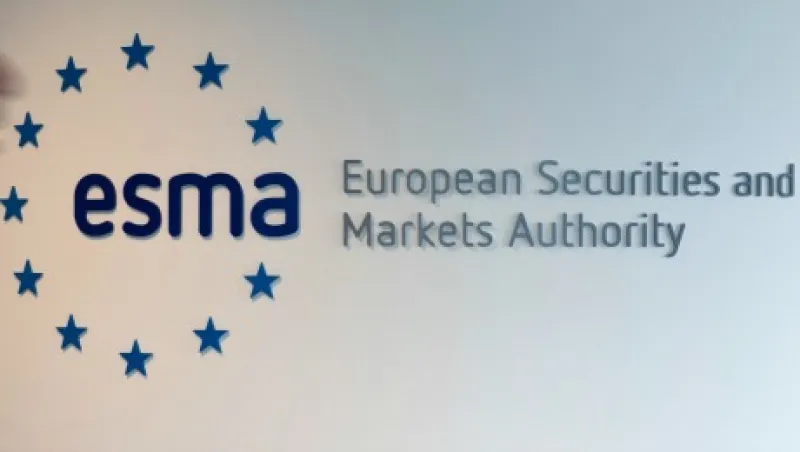
ESMA Unveils New Rules for Research
Market participants cheer the European Securities and Markets Authority’s initiatives to increase transparency, but troubling questions remain.
Ben Mattlin
January 15, 2015


